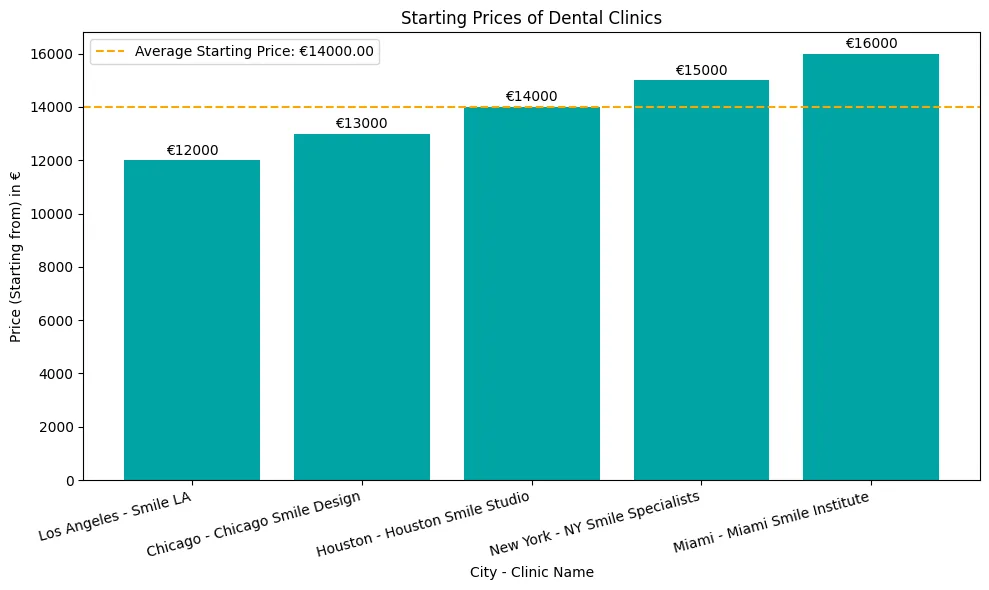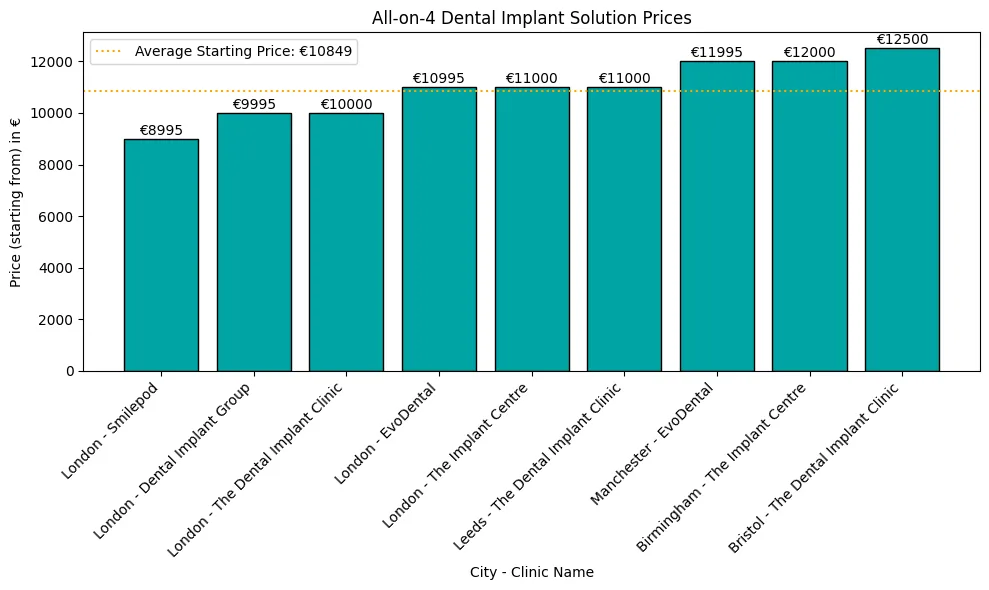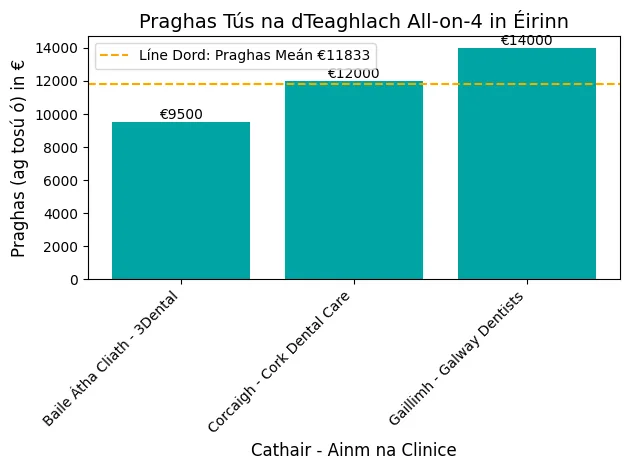Kështu që ju po mendoni të merrni implantet dentare për të zëvendësuar dhëmbët që mungojnë?
Ju ndoshta po pyesni veten nëse kualifikoheni për këtë procedurë që ndryshon jetën.
Me moshën, kushtet shëndetësore dhe faktorët e stilit të jetesës, është e natyrshme të jeni të pasigurt nëse implantet dentare janë për ju.
Kush mund të marrë implantet dentare?
Shumica e të rriturve me shëndet të mirë të përgjithshëm, mishra të shëndetshëm dhe dendësi të mjaftueshme të kockave të nofullës mund të kenë. implantet dentareFaktorët kryesorë që ndikojnë në përshtatshmëri përfshijnë moshën, pirjen e duhanit dhe gjendjet mjekësore si diabeti. Studimet tregojnë një shkallë mbijetese prej 95.6% për implantet pas 5 vitesh. Megjithatë, rreziqet rriten për duhanpirësit (RR = 1.56), diabetikët (RR = 2.75) dhe pacientët më të moshuar të moshës 60-79 vjeç (RR = 2.24) krahasuar me ata nën 40 vjeç.
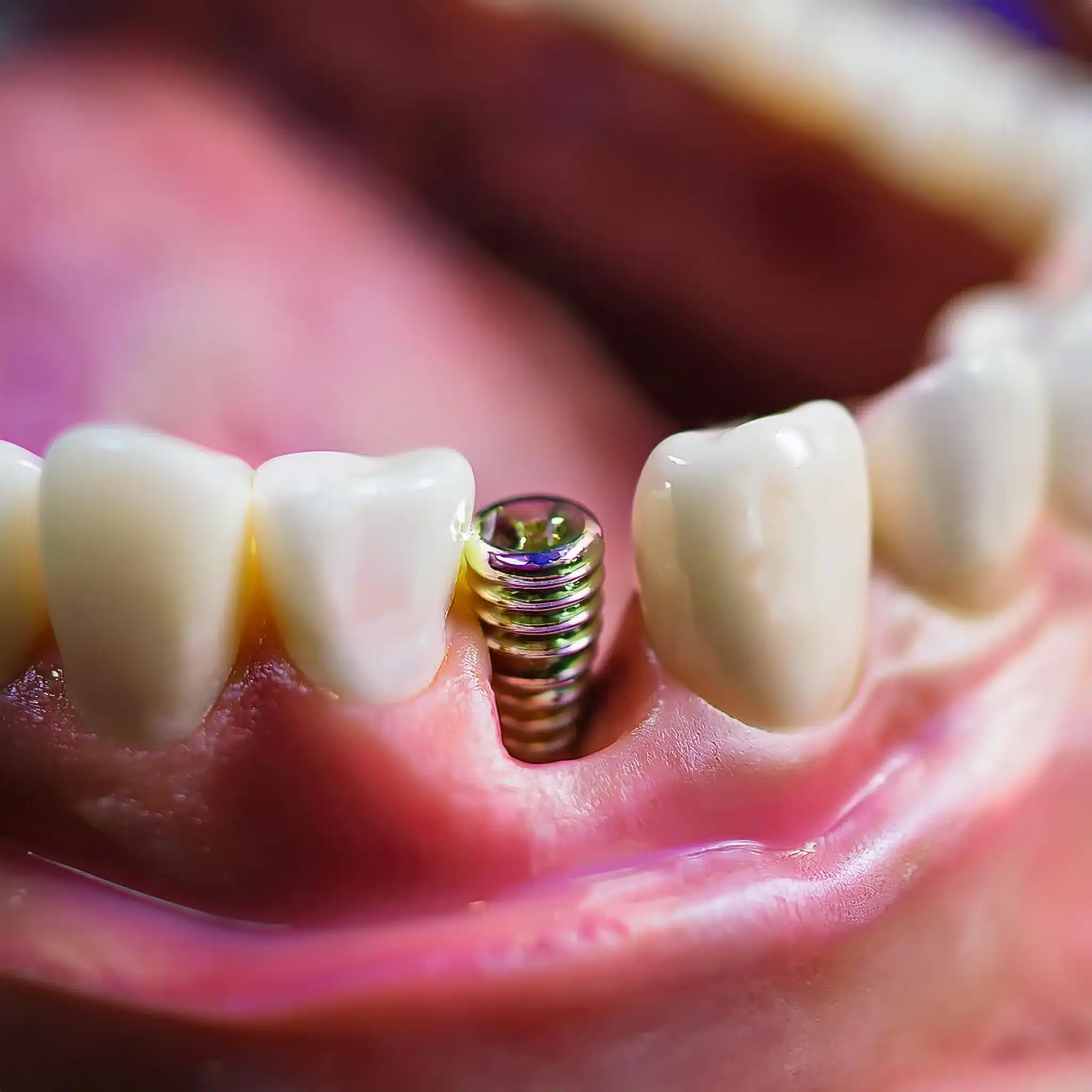
Faktorët që ndikojnë në përshtatshmërinë
Shëndeti i përgjithshëm
Gjatë vlerësimit të mirat dhe të këqijat e implanteve dentare, përshtatshmëria varet nga shëndeti i përgjithshëm, shëndeti oral dhe dendësia e kockave.
Shëndeti i mirë i përgjithshëm është i rëndësishëm për ata që marrin implante dentare.
Kushtet kronike si diabeti, sëmundjet e zemrës, alergjitë dhe artriti mund të komplikojnë procedurën dhe të ndikojnë në shërimin.
Për shembull, diabeti rrit rrezikun e dështimit të implantit me një raport relativ rreziku prej 2.75 krahasuar me pacientët jo diabetikë (5).
Pacientët duhet t'i menaxhojnë mirë këto kushte dhe të konsultohen me mjekun e tyre për të vlerësuar nëse janë të përshtatshëm për implante.
Shëndeti Oral
Mishrat e shëndetshme dhe pa sëmundje periodontale janë thelbësore për implantet dentare të suksesshme.
Sëmundja periodontale mund të çojë në humbje kockore, e cila mund të rrezikojë stabilitetin e implantit.
Trajtimi i çdo infeksioni ekzistues oral është gjithashtu i nevojshëm përpara se të vazhdoni.
Kontrollet e rregullta dentare dhe higjiena e mirë orale mund të përmirësojnë shumë shkallët e suksesit të implantit.
Dendësia e kockave
Dendësia e mjaftueshme e kockave të nofullës është një kërkesë për implantet dentare.
Dendësia e pamjaftueshme e kockave mund të kërkojë shartimin e kockave për të siguruar një bazë të qëndrueshme për implantet.
Implantet në pacientët me densitet të mjaftueshëm kockor kanë një shkallë të lartë mbijetese prej 95.6% pas 5 vitesh (6).
Kjo thekson nevojën për të vlerësuar shëndetin e kockave përpara procedurës.
Në rastet e implantet dentare me humbje kockore, mund të nevojiten hapa shtesë si shartimi i kockave ose implantet dentare zigomatike për të siguruar suksesin e procedurës.
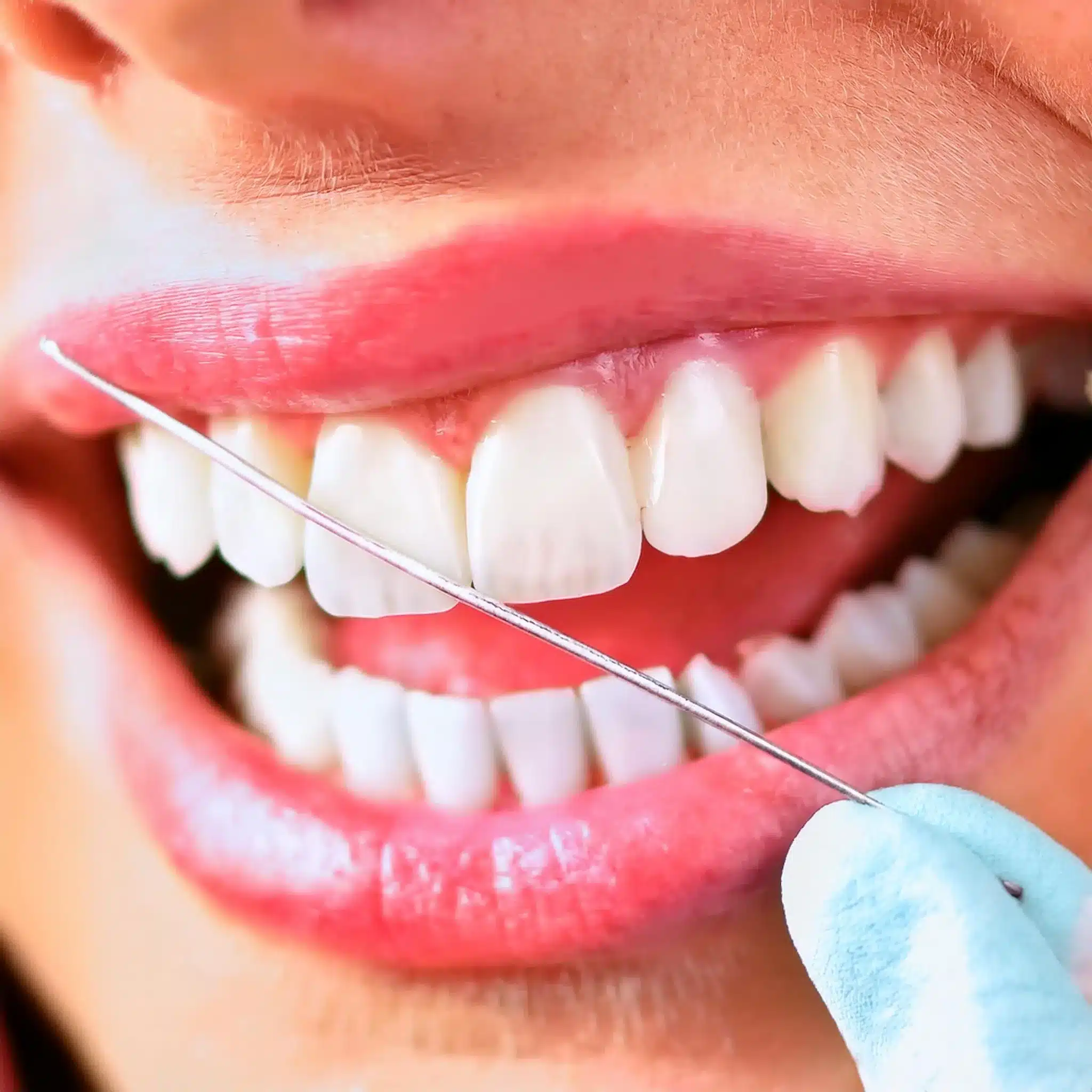
Konsideratat e moshës
Nuk ka një kufi specifik të sipërm të moshës për implantet dentare, por mosha mund të ndikojë në përshtatshmërinë.
Pacientët 60-79 vjeç kanë një rrezik më të lartë të dështimit të implantit me një raport relativ rreziku prej 2.24 krahasuar me ata nën 40 (5).
Por të moshuarit mund të marrin ende implante nëse janë me shëndet të mirë dhe kanë densitet të mjaftueshëm kockor.
Është e rëndësishme të vlerësohet zhvillimi i kockave të nofullës tek pacientët më të rinj për t'u siguruar që ata plotësojnë kërkesat minimale të moshës për procedurën.
Mënyra e jetesës dhe zakonet
Mënyra e jetesës si pirja e duhanit, pirja e alkoolit dhe sportet me ndikim të lartë mund të ndikojnë në suksesin e implanteve dentare.
Pirja e duhanit në veçanti rrit rrezikun e dështimit të implantit me një raport relativ rreziku prej 1.56(5).
Përkushtimi ndaj higjienës së mirë orale dhe ndryshimeve të stilit të jetesës mund të përmirësojë shanset për një implantim të suksesshëm.
Duke marrë parasysh Të mirat dhe të këqijat e implantit dentar, është thelbësore të peshohen përfitimet kundrejt rreziqeve dhe komplikimeve të mundshme.
| Faktori | Ndikimi në Përshtatshmëri | Të dhënat përkatëse |
|---|---|---|
| Shëndeti i përgjithshëm | Kushtet kronike mund të komplikojnë procedurat | Diabeti rrit rrezikun e dështimit, RR=2.75 |
| Shëndeti Oral | Mishrat e shëndetshme dhe mungesa e sëmundjes periodontale janë vendimtare | Sëmundja periodontale mund të çojë në humbje kockore |
| Dendësia e kockave | Kërkohet densitet i mjaftueshëm i kockave të nofullës | Shkalla e mbijetesës 95,61 TP3T me densitet të mjaftueshëm kockor pas 5 vjetësh |
| Mosha | Rrezik më i lartë i dështimit në grupmoshat më të vjetra | RR=2.24 për moshat 60-79 krahasuar me nën 40 vjeç |
| Mënyra e jetesës dhe zakonet | Pirja e duhanit rrit rrezikun e dështimit | RR=1.56 për duhanpirësit |
Si ndikon shtatzënia në implantet dentare?
Implantet dentare gjatë shtatzënisë nuk rekomandohen për shkak të disa rreziqeve.
Ndryshimet hormonale që ndodhin mund të rrisin rrezikun e infeksionit, gjë që është një jo e madhe për nënat në pritje (5).
Procedura gjithashtu kërkon anestetikë të fuqishëm, të cilët mund të jenë të rrezikshëm si për nënën ashtu edhe për fetusin në zhvillim (3).
Opsione të tjera për Implantet Dentare
Për ata që nuk kualifikohen për implante dentare, ka mundësi të tjera në dispozicion.
Këto opsione mund të zëvendësojnë dhëmbët që mungojnë dhe të rivendosin funksionin oral.
Urat Dentare
Urat tradicionale dentare: Këto ura mbështeten nga dhëmbë natyralë në të dyja anët e dhëmbit që mungon.
Është një alternativë e zakonshme për implantet dentare dhe mund të bëhet prej porcelani, qeramike ose metali (2).
Ura të lidhura me rrëshirë: Të njohura gjithashtu si ura Maryland, këto janë më pak invazive dhe janë të lidhura në pjesën e pasme të dhëmbëve ngjitur duke përdorur një krah metalik.
Është i përshtatshëm për dhëmbët e përparmë dhe më pak i kushtueshëm se urat tradicionale (3).
Protezat e dhëmbëve
Proteza të pjesshme: Përdoren për të zëvendësuar shumë dhëmbë në të njëjtin hark.
Është i lëvizshëm dhe mund të sigurohet me kapëse ose bashkëngjitje precize (5).
Proteza të plota: Protezat e plota përdoren për të zëvendësuar të gjithë dhëmbët në një hark.
Është bërë me porosi që të përshtatet me gojën e pacientit dhe mund të sigurohet me ngjitës dentarë ose implante (5).
Opsione të tjera
Mini Implante: Këto janë versione më të vogla të implanteve dentare tradicionale dhe përdoren për të mbështetur protezat ose urat. Është më pak invaziv dhe mund të vendoset në një vizitë (6).
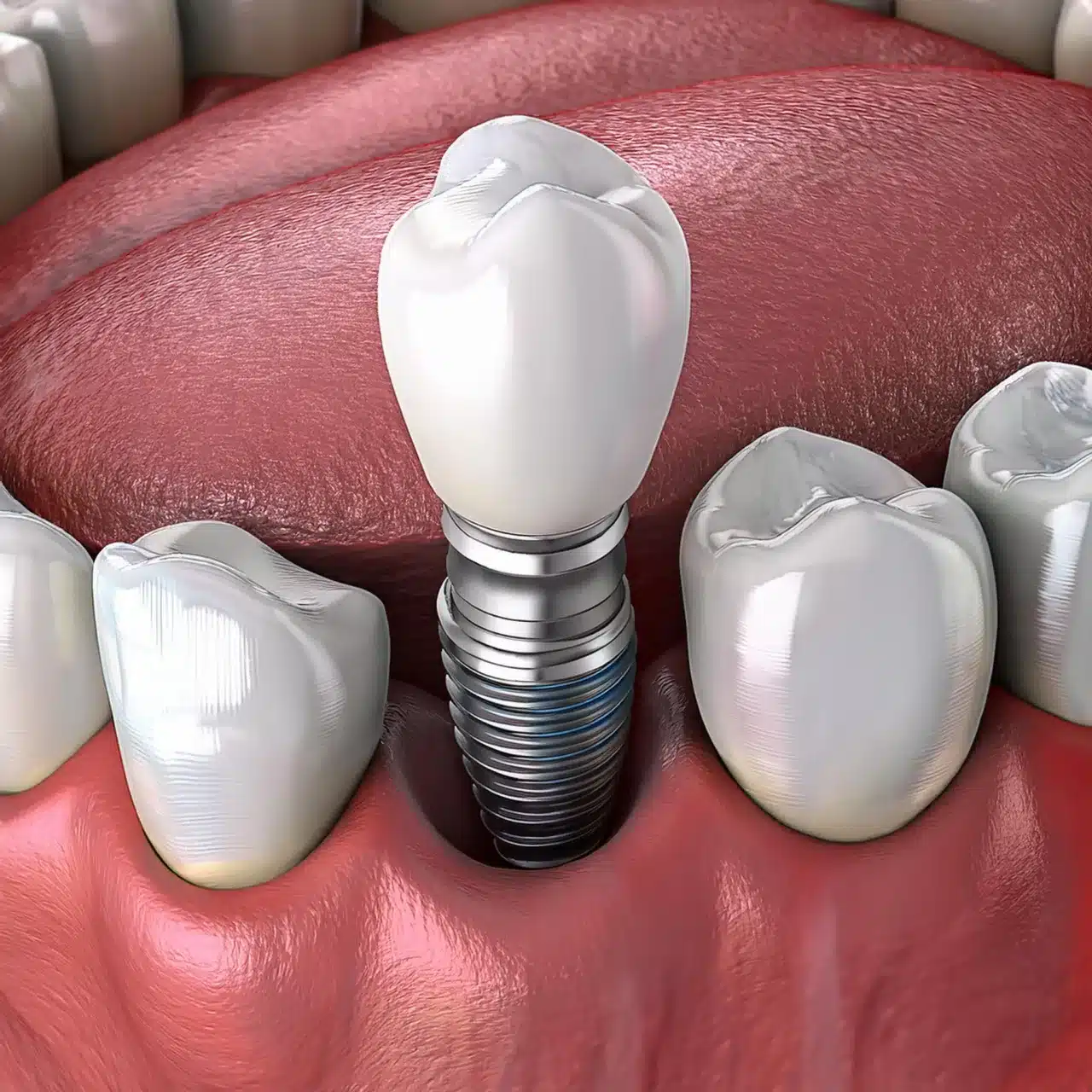
Përfundim & Çështje kryesore
Çelës-Takeaways
Pranueshmëria për implantet dentare është një kombinim i shëndetit, gjendjes orale dhe mënyrës së jetesës.
Shëndeti i mirë i përgjithshëm, mishrat e dhëmbëve të shëndetshëm dhe dendësia e mjaftueshme e kockave të nofullës janë çelësi i implanteve të suksesshme.
Pirja e duhanit, diabeti dhe mosha mund të ndikojnë në përshtatshmërinë dhe normat e suksesit.
Alternativa si ura dhe proteza janë të disponueshme për ata që nuk kualifikohen për implante.
konkluzioni
Implantet dentare janë një zgjidhje e besueshme për dhëmbët që mungojnë, por përshtatshmëria varet nga disa faktorë. Njohja e këtyre faktorëve dhe mundësitë alternative mund t'ju ndihmojnë të merrni vendime të informuara për shëndetin tuaj oral.
Pyetjet e shpeshta
Referencat
Albrektsson T, et al. Një studim 15-vjeçar i implanteve osseointegruese në trajtimin e nofullës pa dhëmbë. Implantet Maxillofac Oral Int J. 1990; 5 (4): 347-359.
Neni: Një studim 15-vjeçar i implanteve osseointegruese në trajtimin e nofullës pa dhëmbë
Buser D, et al. Stabiliteti afatgjatë i implanteve osseointegruese në kockën e shtuar: Një studim prospektiv 5-vjeçar në pacientët pjesërisht pa dhëmbë. Int J periodontics Dent restauruese. 2002; 22 (2): 109-117.
Neni: Stabiliteti afatgjatë i implanteve osseointegruese në kockën e shtuar: Një studim prospektiv 5-vjeçar në pacientët pjesërisht pa dhëmbë
Esposito M, et al. Ndërhyrjet për zëvendësimin e dhëmbëve që mungojnë: Llojet e ndryshme të implanteve dentare. Cochrane Database Syst Rev. 2007;(3):CD003815.
Neni: Ndërhyrjet për zëvendësimin e dhëmbëve që mungojnë: Llojet e ndryshme të implanteve dentare
Howe MS, et al. Mbijetesa afatgjatë (10-vjeçare) e implantit dentar: Një rishikim sistematik dhe meta-analizë e ndjeshmërisë. J Dent. 2019; 85: 9-21.
Neni: Mbijetesa afatgjatë (10-vjeçare) e implantit dentar: Një rishikim sistematik dhe meta-analizë e ndjeshmërisë
Moy PK, et al., Normat e dështimit të implantit dentar dhe faktorët e rrezikut të lidhur. Implantet Maxillofac Oral Int J. 2005; 20 (4): 569-579.
Neni: Shkalla e dështimit të implantit dentar dhe faktorët e rrezikut të lidhur
Pjetursson BE, et al. Një rishikim sistematik i mbijetesës dhe shkallës së komplikimeve të protezave dentare fikse të mbështetura me implant (FDP) pas një periudhe mesatare vëzhgimi prej të paktën 5 vjetësh. Clin Oral Implants Res. 2012; 23 (Suppl 6): 22-38.
Neni: Një rishikim sistematik i mbijetesës dhe shkallës së komplikimeve të protezave dentare fikse të mbështetura me implant (FDP) pas një periudhe mesatare vëzhgimi prej të paktën 5 vjetësh

